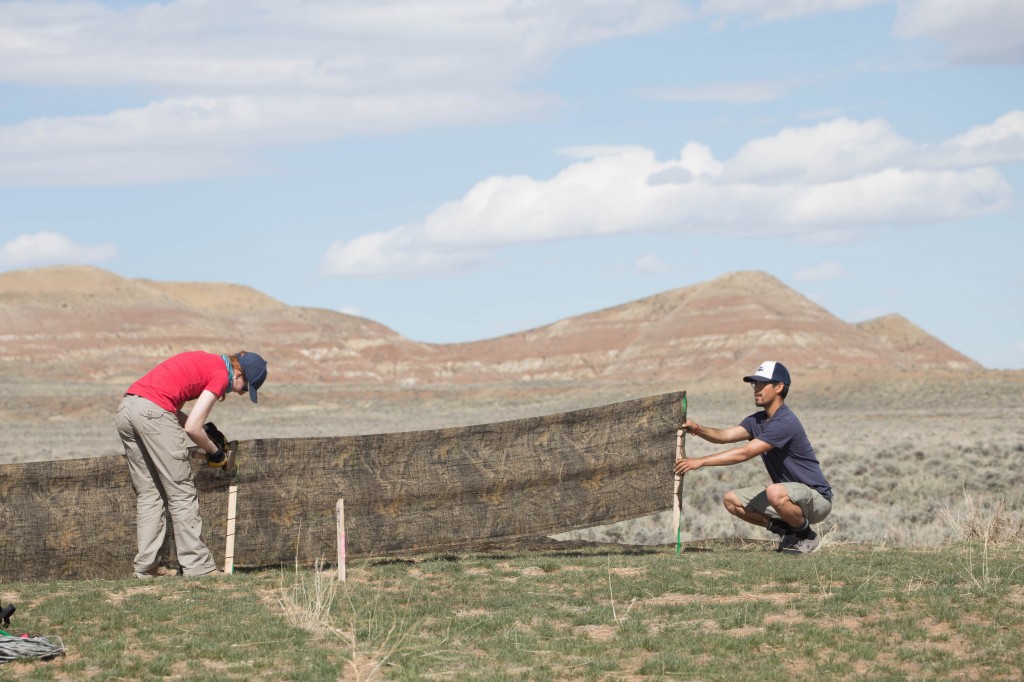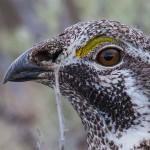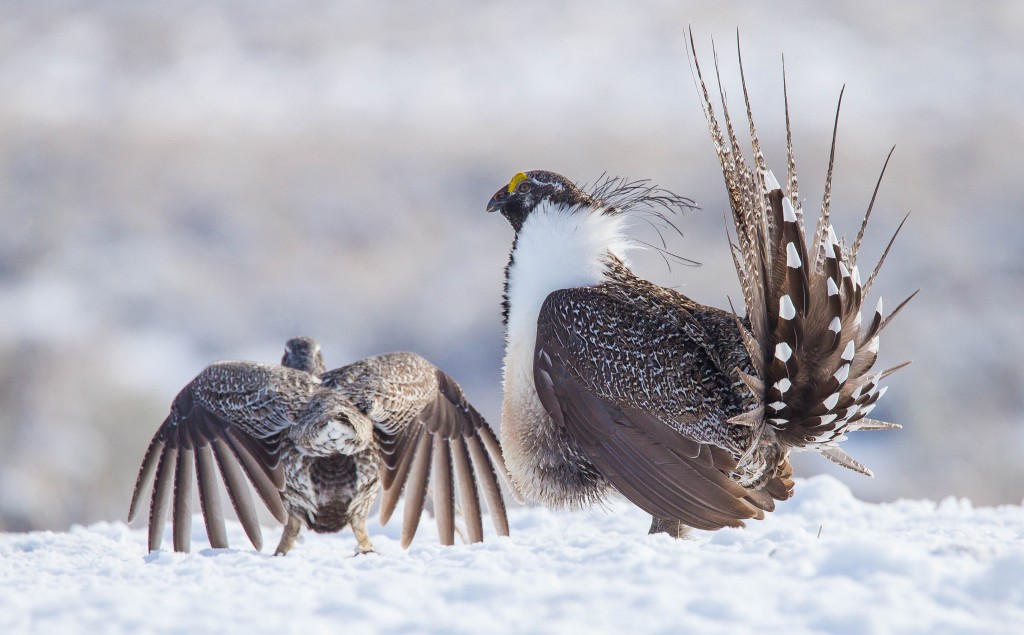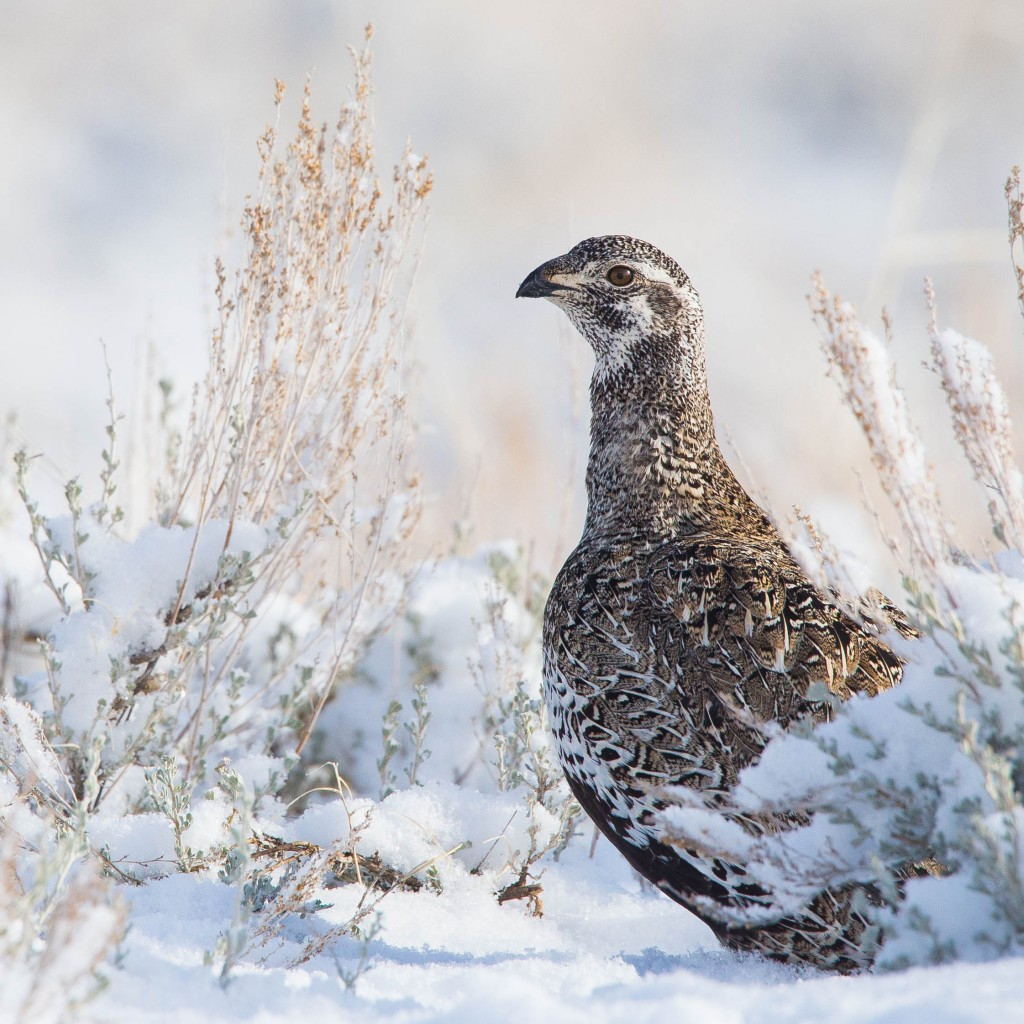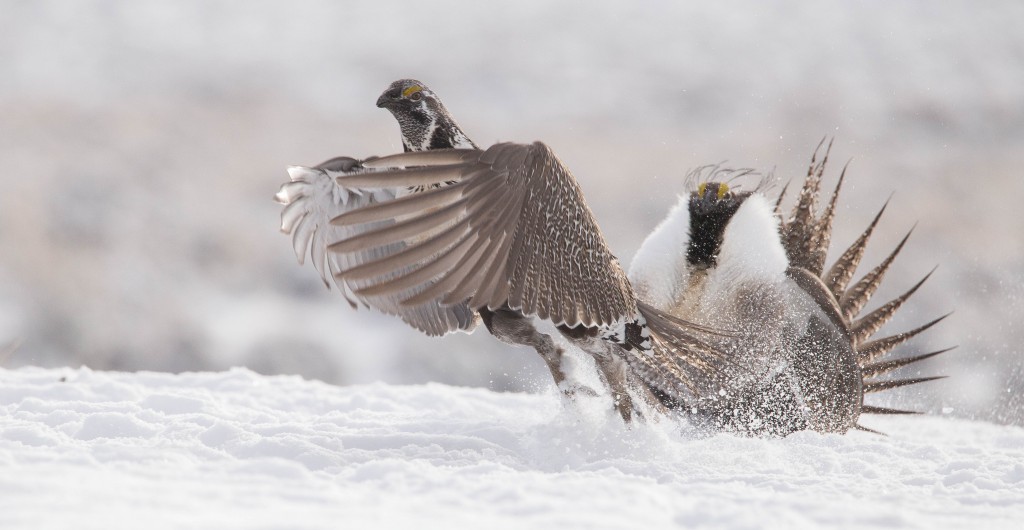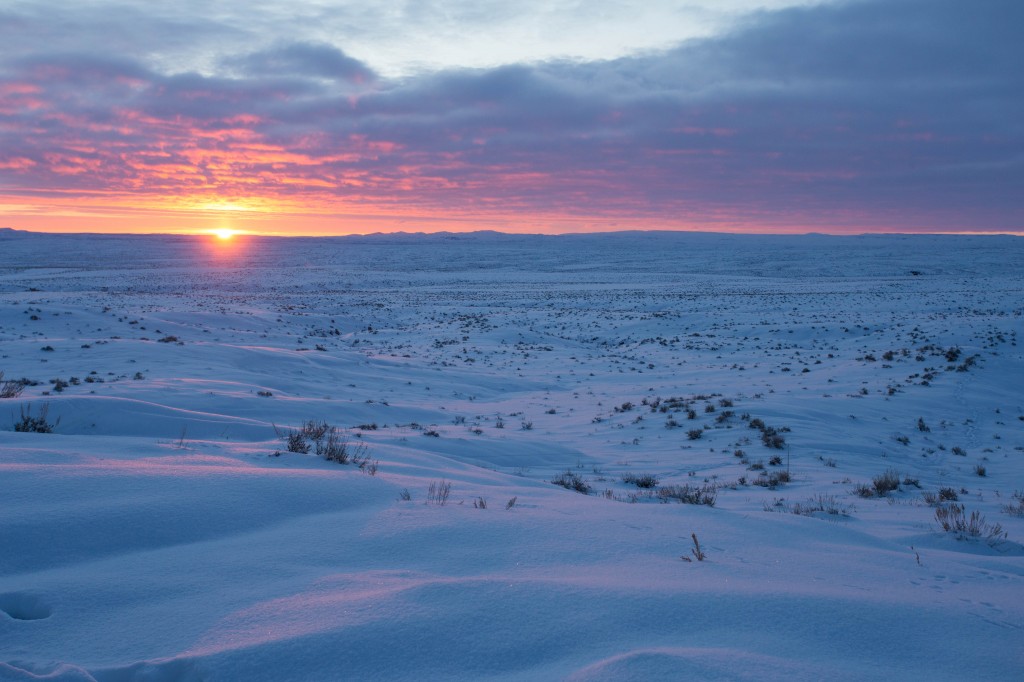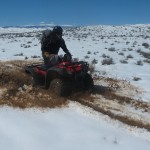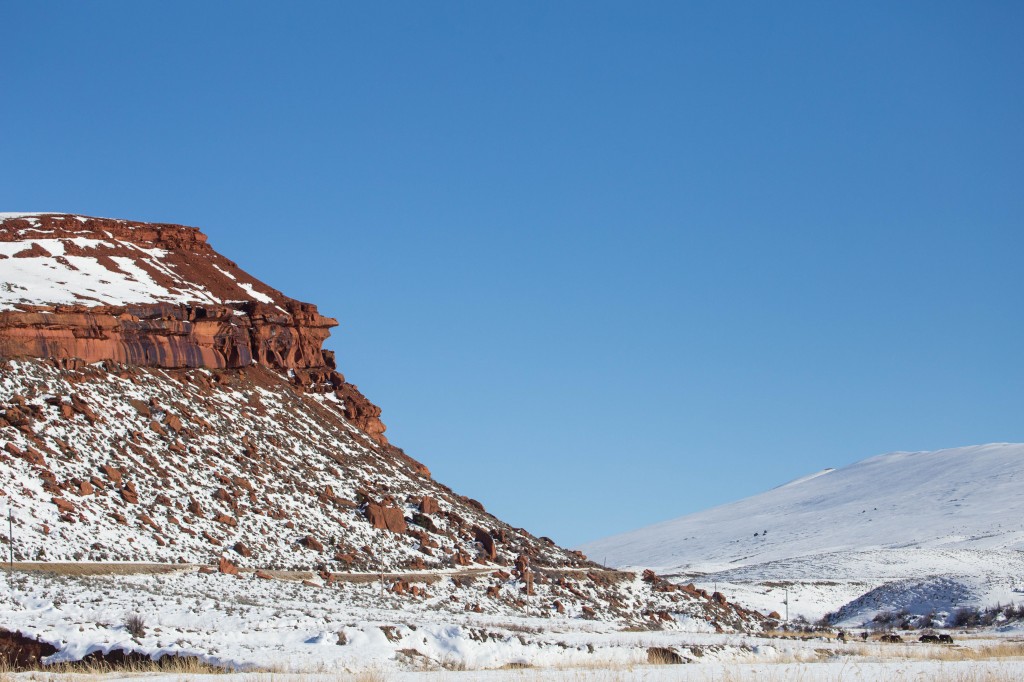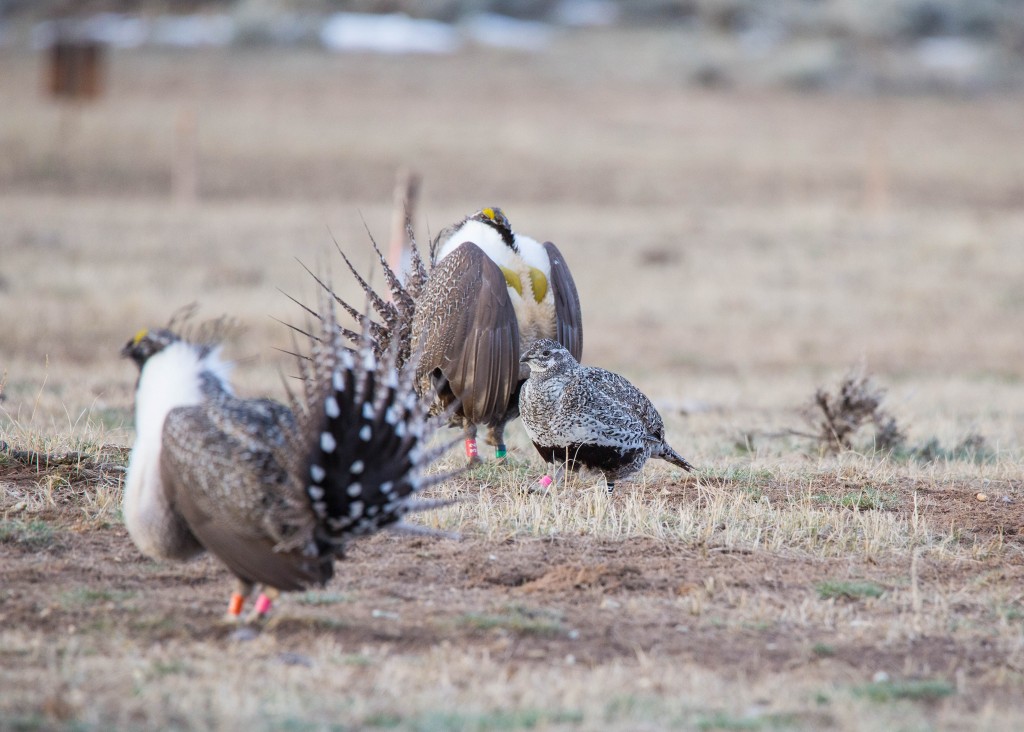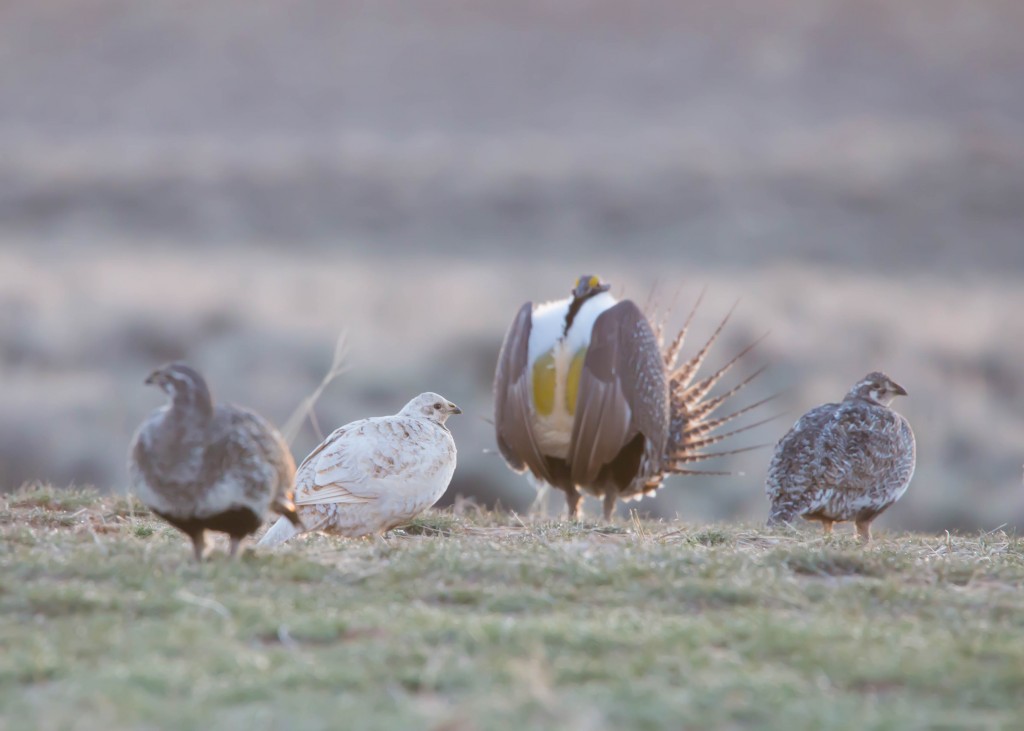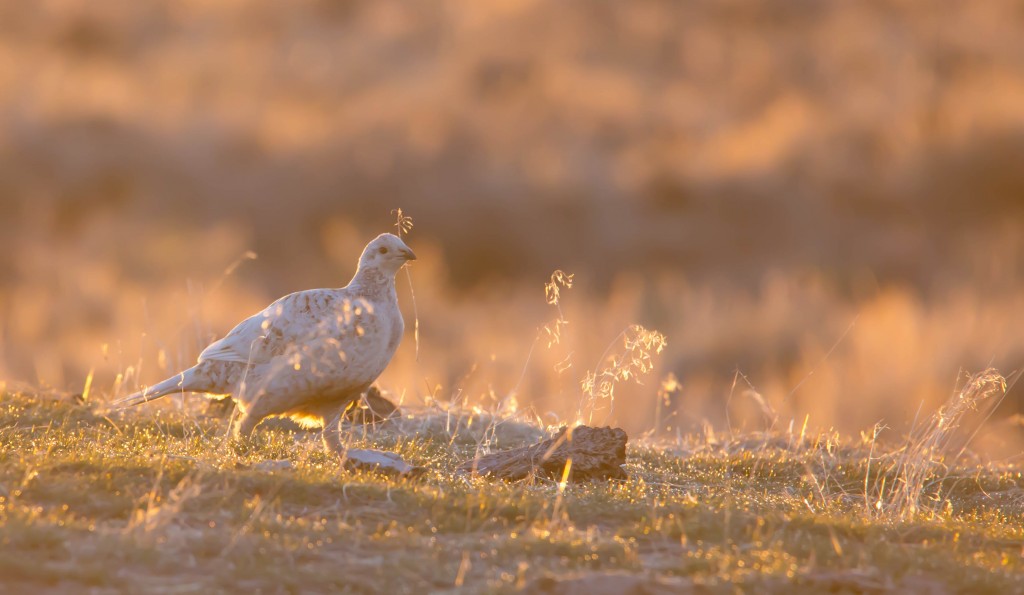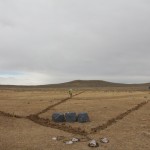[NOTE- All positions have been filled 2/2016]
We’ve now started advertising for our 2016 sage-grouse field season. This year will be a little different from normal. Most relevant to potential applicants, this year the positions will be volunteer only (room and board, but no stipend this year). We are definitely sympathetic to the opinion that all technicians should be paid, and, if possible, paid what their work is actually worth. However, when it comes down to it, the choice to get as much research done as possible on our federal grant, continue supporting the dissertation research of at least one graduate student, and yes, providing training and mentorship to technicians, outweighed the alternative (i.e. the alternative being NOT collecting any new data, running new experiments, continuing to conduct much needed population surveys, etc…).
There is a non-zero cost for technicians to join us this year, although we believe that will generally not be too high, since we do cover room and board, and there’s just not much to spend money on during the normal field season. Thinking about what costs will pop up- any pieces of winter gear not already owned, travel to the site, vehicle insurance, cell phone bills, rent at home, etc. In terms of benefits, the position should include coverage under UC Davis workman’s comp. Additionally, technicians typically receive two certifications- a BLM cert for ATV operation and an animal use certification through Davis. The less tangible advantages: working in a really beautiful place with really fascinating birds, getting trained in new techniques, and (hopefully) earning really strong reference letters. We have (or are currently) working on manuscripts that have had technicians as co-authors (although we can’t promise this), and many of our techs have gone on to great careers in ornithology, graduate school. Two former techs even joined the Patricelli lab as graduate students!
We definitely understand that for some people this isn’t enough to tip the scales, but we do believe that Chicken Camp is still a great place to spend a couple of months!
Anyway, here’s the advertisement [note please direct applications to Ryane this year]:
VOLUNTEER FIELD ASSISTANTS (3-4) needed approximately March 7 through May 5 for investigations of the behavior and ecology of Greater Sage-Grouse near Lander, Wyoming and the scenic Wind River Range. The projects are part of a larger effort in Prof. Gail Patricelli’s lab at UC Davis to understand the environmental and social factors shaping sage-grouse display behaviors- see the following websites for more information (http://www.eve.ucdavis.edu/gpatricelli/) and (http://www.alankrakauer.org).
Assistants will use video and audio recording technology to support an NSF-funded study of courtship dynamics and display plasticity on the lek. Duties include some or all of the following: maintaining camera and acoustic monitoring equipment, observation of basic courtship behavior and lek counts, capture of adult sage-grouse, radio-telemetry, data entry, and some computer and video analysis. Assistants must be flexible in their needs and comfortable living and working in close quarters in a remote field station, and able to work in adverse field conditions (mainly MUD, WIND and COLD). Work will be daily and primarily early in the morning, with afternoon and night work required as well.
Applicants must have a valid driver’s license, basic computer skills, and have participated in at least one field biology project in the past. Previous experience/certification with off-road driving and/or ATV’s is preferred but not required (uncertified individuals will have the opportunity to get ATV certification in-field). Individuals with previous sage-grouse capture experience especially encouraged to apply. Must be able to show proof of United States employment eligibility.
Assistants will receive food and shared housing, but need to provide their own transportation to Lander and their own personal gear. Please send a single PDF containing a cover letter, resume, and contact info for two (2) references to: Ryane Logsdon, Department of Evolution and Ecology, University of California Davis, One Shields Avenue, 2320 Storer Hall, Davis, CA 95616, or preferably by email to rlogsdon [at] ucdavis.edu. The positions will remain open until filled, and review of applications will begin immediately.
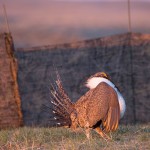 Now that it is mid-April, most hens have mated and started their nests nests and we are past the peak in female attendance on the leks. This gives us the opportunity to study how the male sage-grouse react to stimuli we provide without competition or interference from real hens. That means Experiment Time!
Now that it is mid-April, most hens have mated and started their nests nests and we are past the peak in female attendance on the leks. This gives us the opportunity to study how the male sage-grouse react to stimuli we provide without competition or interference from real hens. That means Experiment Time!
